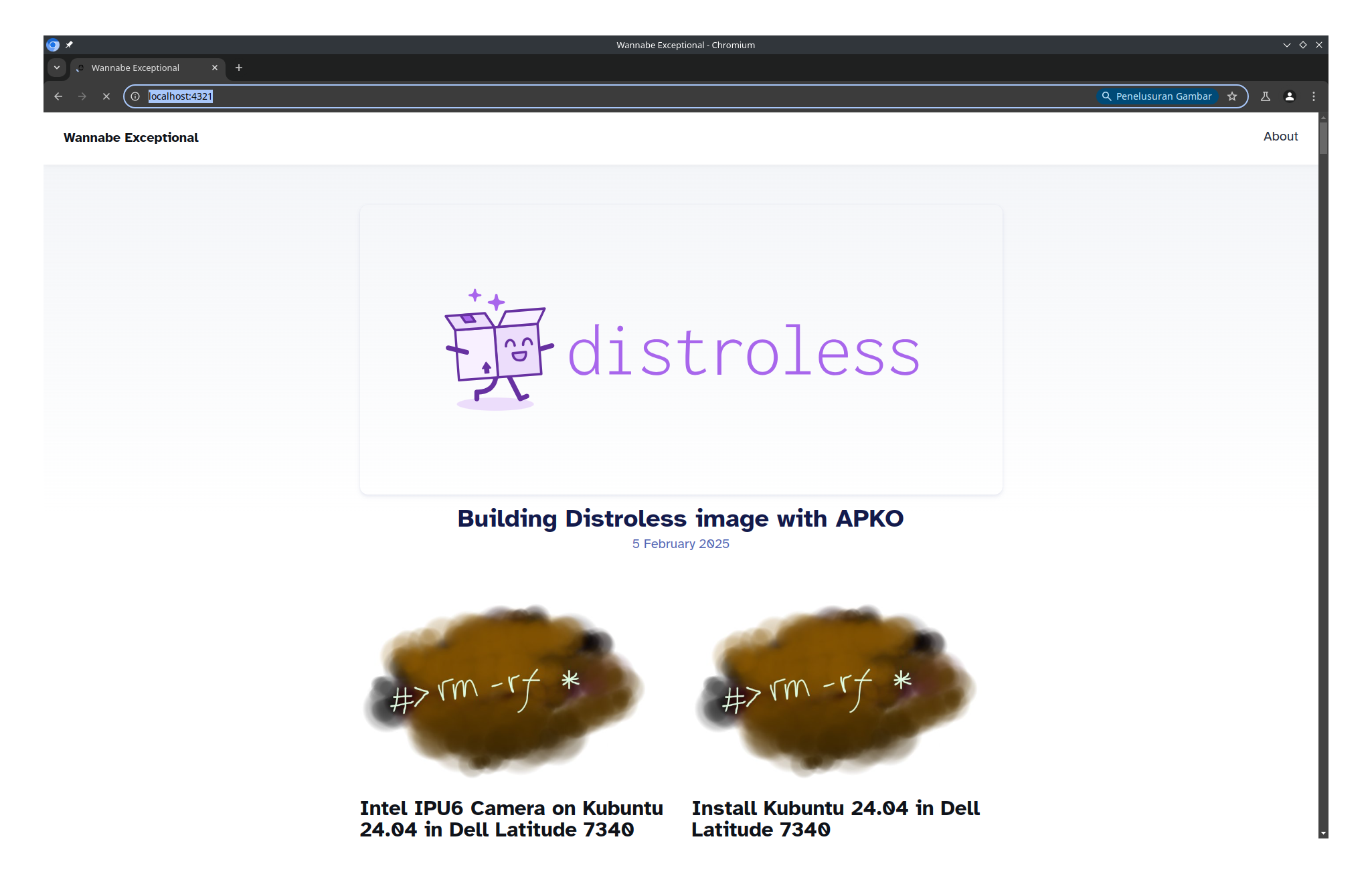TL;DR:
- Date: September 8, 2025
- Affected Packages: 18 popular NPM packages including
debug(357.6M downloads/week) andchalk(299.99M downloads/week) - Impact: Over 2 billion downloads per week affected
- Malware Behavior: Silently intercepts crypto/web3 activity, manipulates wallet interactions, and rewrites payment destinations
- Infection Vector: Phishing email from
support@npmjs.helpto package maintainers - Remediation: Check affected versions, clean npm cache, reinstall with lock files, use security tools
Massive NPM Supply Chain Attack Targets Crypto Users
On September 8, 2025, the JavaScript and Node.js ecosystem was hit by a significant supply chain attack that compromised 18 popular NPM packages. This attack is particularly concerning due to the massive scale of the affected packages and their widespread use in the development community.
Compromised Packages and Versions
The following table lists the compromised packages and their affected versions:
| Package Name | Clean Version | Compromised Version | Downloads/Week |
|---|---|---|---|
| debug | 4.4.1 | 4.4.2 | 357.6M |
| chalk | 5.6.0 | 5.6.1 | 299.99M |
| ansi-styles | 6.2.1 | 6.2.2 | 299.99M |
| simple-swizzle | 0.2.2 | 0.2.3 | 25M |
| strip-ansi | 7.1.0 | 7.1.1 | 65M |
| ansi-regex | 6.0.1 | 6.0.2 | 25M |
| supports-color | 9.4.0 | 9.4.1 | 25M |
| wrap-ansi | 8.1.0 | 8.1.1 | 25M |
| slice-ansi | 5.0.0 | 5.0.1 | 3M |
| color-convert | 2.0.1 | 2.0.2 | 25M |
| color-name | 2.0.0 | 2.0.1 | 25M |
| color-string | 1.9.1 | 1.9.2 | 15M |
| is-arrayish | 0.3.2 | 0.3.3 | 25M |
| error-ex | 1.3.2 | 1.3.3 | 25M |
| has-ansi | 4.0.1 | 4.0.2 | 1M |
| supports-hyperlinks | 2.3.0 | 2.3.1 | 1M |
| chalk-template | 0.4.0 | 0.4.1 | 200K |
| backslash | 0.1.1 | 0.1.2 | 100K |
Combined, these compromised packages affect over 2 billion downloads per week, making this one of the largest NPM supply chain attacks to date.
Malware Behavior
The malicious code embedded in these packages is designed to target cryptocurrency and web3 users specifically. The malware:
- Silently intercepts crypto and web3 activity in the browser
- Manipulates wallet interactions and rewrites payment destinations to attacker-controlled addresses
- Uses string-matching logic and Levenshtein distance calculations to replace legitimate wallet addresses with visually similar attacker addresses
- Hooks into browser APIs like
fetch,XMLHttpRequest, and wallet interfaces (window.ethereum, Solana) to alter network traffic and transactions before they are signed - Remains stealthy by avoiding UI changes when a wallet is detected
This type of attack is particularly dangerous because it operates silently and can redirect cryptocurrency payments without the user’s knowledge.
How the Attack Works
The attack follows these steps:
- Injects into browser functions and APIs
- Watches for sensitive data (wallet addresses across Ethereum, Bitcoin, Solana, etc.)
- Replaces targets with attacker-controlled addresses using Levenshtein distance algorithm
- Hijacks transactions at the signing stage
- Remains undetected by avoiding UI changes when wallets are present
Infection Vector
According to reports, the initial infection vector was a sophisticated phishing attack targeting package maintainers:
- Phishing Email: Sent from the domain
support@npmjs.helpthat appeared legitimate - Fake 2FA Setup: Directed maintainers to a fake page claiming 2FA needed updating
- TOTP Proxy Attack: The malicious site captured usernames, passwords, and 2FA codes in real-time
- Account Takeover: Attackers used the captured credentials to gain access to maintainer accounts
- Package Compromise: With maintainer access, attackers published malicious versions of the packages
The domain npmjs.help resolved to IP 185.7.81.108 and used BunnyCDN buckets for infrastructure.
How Attackers Gained Access and Executed the Attacks
The NPM supply chain attack was executed through a sophisticated multi-stage process that began with social engineering and culminated in the distribution of malicious code to millions of developers worldwide:
Initial Access Through Phishing
- Target Selection: Attackers identified high-profile NPM package maintainers, particularly those responsible for widely-used packages like
chalkanddebug - Spear Phishing: Crafted convincing emails that appeared to come from NPM’s official support, using the domain
support@npmjs.help - Social Engineering: The emails claimed that the maintainer’s 2FA settings needed urgent attention, creating a sense of urgency
- Credential Harvesting: When maintainers clicked the links, they were directed to a convincing replica of NPM’s 2FA setup page
TOTP Proxy Attack Technique
The most technically sophisticated aspect of this attack was the use of a “TOTP proxy attack”:
- Real-time Relay: Instead of simply stealing username and password, the attackers created a real-time relay system
- Live Authentication: When a maintainer entered their credentials, the attackers would immediately use those credentials on the real NPM website
- 2FA Interception: When the real NPM site generated a 2FA prompt, the attackers would relay that prompt to the maintainer through their fake site
- Code Capture: When the maintainer entered their 2FA code on the fake site, it was instantly forwarded to the real NPM site
- Session Hijacking: With both credentials and 2FA code, attackers gained legitimate access to the maintainer’s account
Malware Development and Deployment
Once inside the maintainer accounts, attackers followed a careful deployment strategy:
- Code Analysis: They studied the existing codebase to understand how to embed malicious code without breaking functionality
- Obfuscation: The malicious JavaScript was heavily obfuscated to avoid detection by automated scanning tools
- Stealth Implementation: The malware was designed to remain dormant until specific conditions were met (crypto wallet interactions)
- Version Bumping: Attackers published new versions of the packages (e.g., debug 4.4.1 → 4.4.2, chalk 5.6.0 → 5.6.1)
- Dependency Chain Exploitation: By compromising core packages like
ansi-styles, they affected numerous downstream dependencies
Malware Functionality
The embedded malware had several sophisticated features:
- Browser API Hooking: The code hooked into browser functions like
fetch,XMLHttpRequest, and wallet interfaces - Address Substitution: Used Levenshtein distance algorithms to replace cryptocurrency addresses with visually similar attacker addresses
- Wallet Detection: Monitored for the presence of crypto wallets (MetaMask, Phantom, etc.) to avoid detection
- Transaction Interception: Modified transaction data at the point of signing, making the changes invisible to users
- Communication Channels: Established covert communication with command-and-control servers to receive updated target addresses
Distribution and Impact
The attack’s effectiveness came from the trusted nature of the compromised packages:
- Automatic Propagation: Many projects automatically pulled in the new versions through dependency resolution
- Developer Trust: Since these were well-known, trusted packages, developers had no reason to suspect the updates
- Rapid Distribution: With hundreds of millions of weekly downloads, the malware spread quickly across the ecosystem
- Targeted Activation: The malware remained dormant until users interacted with crypto wallets, reducing the chance of detection
Indicators of Compromise
Watch for these specific indicators:
- Phishing domain:
npmjs.help - Malicious IP:
185.7.81.108 - Compromised versions: As listed in the table above
- Malware signature: Look for the string
checkethereumwin package files - CDN domains:
static-mw-host.b-cdn.netandimg-data-backup.b-cdn.net - C2 server:
websocket-api2.publicvm.com
Remediation Steps
If you’re a developer or organization using NPM packages, here are the recommended steps to protect yourself:
- Check if you’re using affected versions of the listed packages
- Clean your npm cache to remove potentially compromised packages:
npm cache clean --force - Reinstall packages using a lock file with pinned versions
- Use security tools like Aikido SafeChain to scan packages before installation
- Monitor your applications for unusual network activity or crypto transactions
- Audit dependencies using tools like
npm auditor Socket
Broader Implications
This attack highlights several critical issues in the NPM ecosystem:
- Dependency Chain Vulnerabilities: With packages having millions of downloads, a single compromise can affect a massive number of projects
- Maintainer Security: The attack shows how targeting maintainers directly can be an effective way to compromise widely-used packages
- Supply Chain Risks: Even trusted packages can become attack vectors, emphasizing the need for continuous monitoring
- Crypto Targeting: The specific focus on crypto/web3 interactions shows how attackers are adapting their methods to target high-value financial transactions
- 2FA Vulnerabilities: The use of TOTP proxy attacks demonstrates that SMS/APP-based 2FA is still vulnerable to phishing
Protection Strategies
To protect against similar attacks in the future:
- Use Security Keys: Implement FIDO2/WebAuthn security keys instead of TOTP 2FA
- Pin Dependencies: Use exact versions in your package-lock.json or yarn.lock files
- Audit Dependencies: Regularly check your dependencies for known vulnerabilities
- Use Security Tools: Implement tools that scan packages before installation
- Monitor Network Activity: Watch for unusual outbound connections from your applications
- Enable Automation: Use tools like Dependabot to automatically update dependencies with security patches
- Verify Maintainers: Be cautious of sudden changes in package maintainers or unusual release patterns
- Implement CI/CD Scanning: Integrate security scanning into your deployment pipeline
Further Reading
For more information about this incident and related security topics:
- GitHub Security Advisory GHSA-8mgj-vmr8-frr6
- Aikido.dev: NPM debug and chalk packages compromised
- Security Alliance: 2025-09 NPM Supply Chain Attack
- NPMDiff: simple-swizzle 0.2.2 to 0.2.3 comparison
- Hacker News Discussion
- LinkedIn Post on the Incident
- Twitter/X: InsiderPhD Analysis
- Twitter/X: WhichbufferArda Report
- Twitter/X: hackerfantastic Commentary
Conclusion
This NPM supply chain attack serves as a stark reminder of the vulnerabilities inherent in modern software development practices. With millions of downloads per week, even popular and trusted packages can become attack vectors when maintainers are compromised.
Developers and organizations should take this incident seriously and implement robust security practices for their dependency management. The targeting of crypto and web3 users particularly emphasizes the need for constant vigilance in an increasingly connected and financially driven development landscape.
As the JavaScript ecosystem continues to grow, so do the potential attack surfaces. Staying informed about these threats and implementing proactive security measures is essential for maintaining the integrity and security of our applications.
The incident also highlights the importance of moving beyond traditional 2FA methods to more secure authentication mechanisms like hardware security keys, which would have prevented the TOTP proxy attack used in this compromise.


